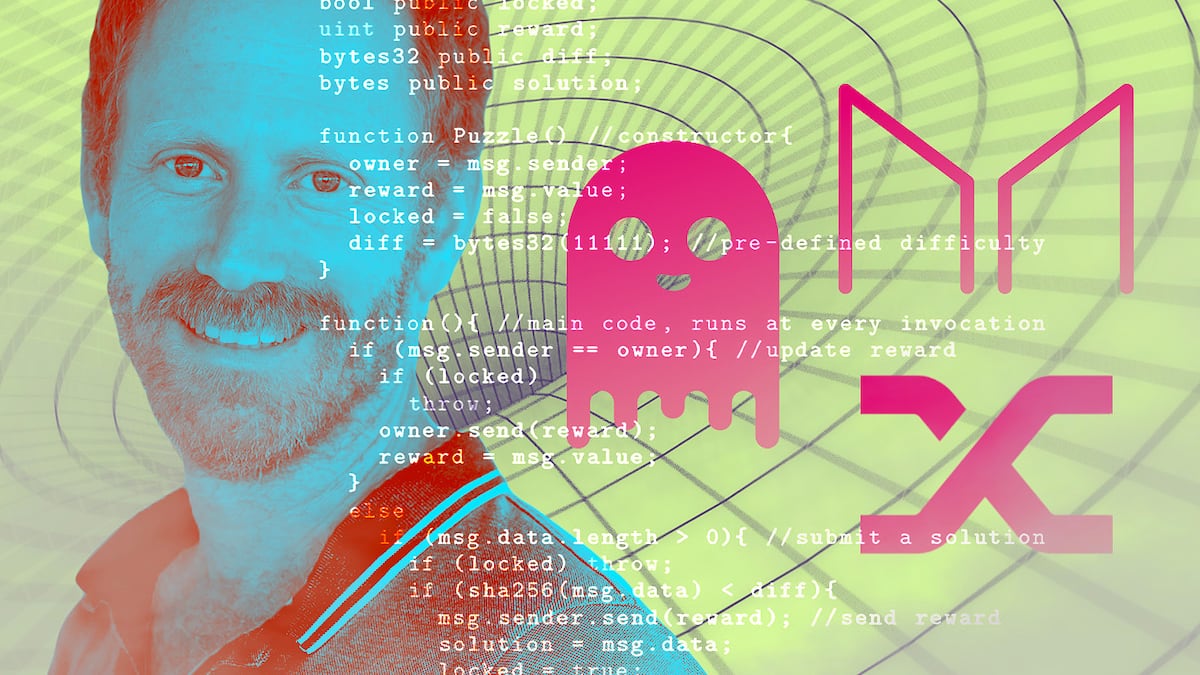- A new project aims to automate DAO risk management using smart contracts.
- Doing so could stop “politicised decisions,” speed up decision making, and make protocols safer.
- Not everyone agrees outsourcing risk management to code is a good idea.
Decentralised autonomous organisations, or DAOs, are one of the most popular ways to govern DeFi protocols, in large part due to their fair, open, and largely democratic mode of decision making.
There are currently more than 2,300 registered DAOs managing a combined $17.7 billion worth of assets, according to data from DeepDAO.
Still, letting token holders propose and vote on how protocols should be run comes with drawbacks. Decision making can be slow, frequently becomes politicised, and breaches of trust and accusations of foul play are commonplace.
One group of developers says that for all the benefits of DAOs, there are some decisions — primarily concerning risk management — that are better off left to cold, hard, objective code.
They have developed B.Protocol, a project that wants to help DeFi protocols outsource risk management to carefully crafted algorithms. This, the developers say, will stop “politicised decisions,” speed up decision making, and ultimately make protocols safer for users.
“Currently, risk management in DeFi is one of the only things still done manually,” Eitan Katchka, head of ecosystem development at B.Protocol, told DL News.
“What we are trying to do is to automate that with a smart contract that can crunch the data and come up with a recommendation,” Katchka said. “We’re looking at how we can minimise the human part, the human factor.”
B.Protocol’s risk oracle works by taking publicly available data including loan-to-value ratios, liquidity of assets across decentralised exchanges, trade slippage and volatility, and running it through an algorithm to assess the risk of a protocol’s lending positions.
“When looking at risk, we’re looking at how much can be liquidated with a specific slippage without creating bad debt,” Katchka said.
DAO disagreements
It is easy to see why some developers want to remove human decision making from DAO risk management where possible.
Currently, many DAOs pay dedicated service providers to research potential risks and make suggestions to fix them. Such services can cost DAOs millions of dollars per year.
Katchka cited the recent case of Gauntlet, a DAO service provider hired by Aave to manage risk on the lending protocol. Gauntlet previously advised Aave to take steps to minimise the risk from a $64 million CRV-backed loan taken out by Curve founder Michael Egorov. After lengthy and contentious discussions among various Aave stakeholders, the DAO voted down Gauntlet’s advice. Many still contend Egorov’s loan is a risk to the protocol.
The aim is that protocols like Aave might implement B.Protocol’s risk oracle to provide a clear and unbiased assessment of potential risks.
This could afford DAOs and users of the protocols they control more agility, and make decisions of risk management easier to understand and predict because the oracle’s code and risk assessment is open source and viewable by anyone.
‘Punching in some numbers into a simulator is not enough’
However, not everyone agrees a one-size-fits-all algorithm is enough to potentially manage billions of dollars’ worth of assets.
“Outsourcing risk management is generally a bad idea,” Millie, a pseudonymous member of DeFi protocol Synthetix’s Spartan Council, told DL News.
The Spartan Council is a governing DAO of eight elected members who are charged with representing and protecting Synthetix stakeholders.
“Oftentimes Gauntlet would run some simulations and give a protocol recommendation to the Spartan Council and they would convene on it, then deny it,” Millie said. “It turned out that just punching in some numbers into a simulator is not enough to come up with sound risk modelling.”
Additionally, while discussions around DeFi risk management can be slow and politicised, getting community feedback is essential, according to Millie.
Millie highlighted one case at Synthetix in 2022 where the Spartan Council endorsed a proposal to add perpetual futures contracts for Terra’s LUNA token. Pseudonymous community member Spreek warned against the proposal because of the high risk and unpredictability of LUNA and its algorithmic relationship to the TerraUSD stablecoin.
Thanks to Spreek, Synthetix ditched the proposal. Three months later, LUNA and TerraUSD collapsed, resulting in an estimated $40 billion of investor losses.
Starting small
“It’s on us to prove that this thing actually functions,” Katchka said, adding that larger protocols like Synthetix or Aave were not B.Protocol’s immediate targets, and that it’s instead focusing on newer, small protocols where the cost of hiring a DAO service provider like Gauntlet to manage risk might be prohibitive.
Katchka said many teams fork existing lending protocols like Aave or Compound, launch them on different chains, and copy previous risk recommendations from DAO service providers.
Still, different liquidity conditions on the new chains compared with Ethereum often mean these recommendations aren’t suitable and expose the new protocols to more risk than its developers might realise.
“We’ll start with second-tier or third-tier lending platforms and hopefully, grow from there,” Katcha said. “But I think the concept is still very relevant for the big ones, too.”
This article was updated on sept. 26 to remove a reference to Gauntlet in Millie’s comment about endorsements for a proposal for futures contracts.


